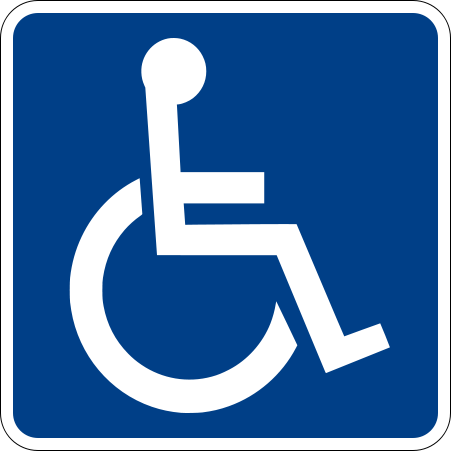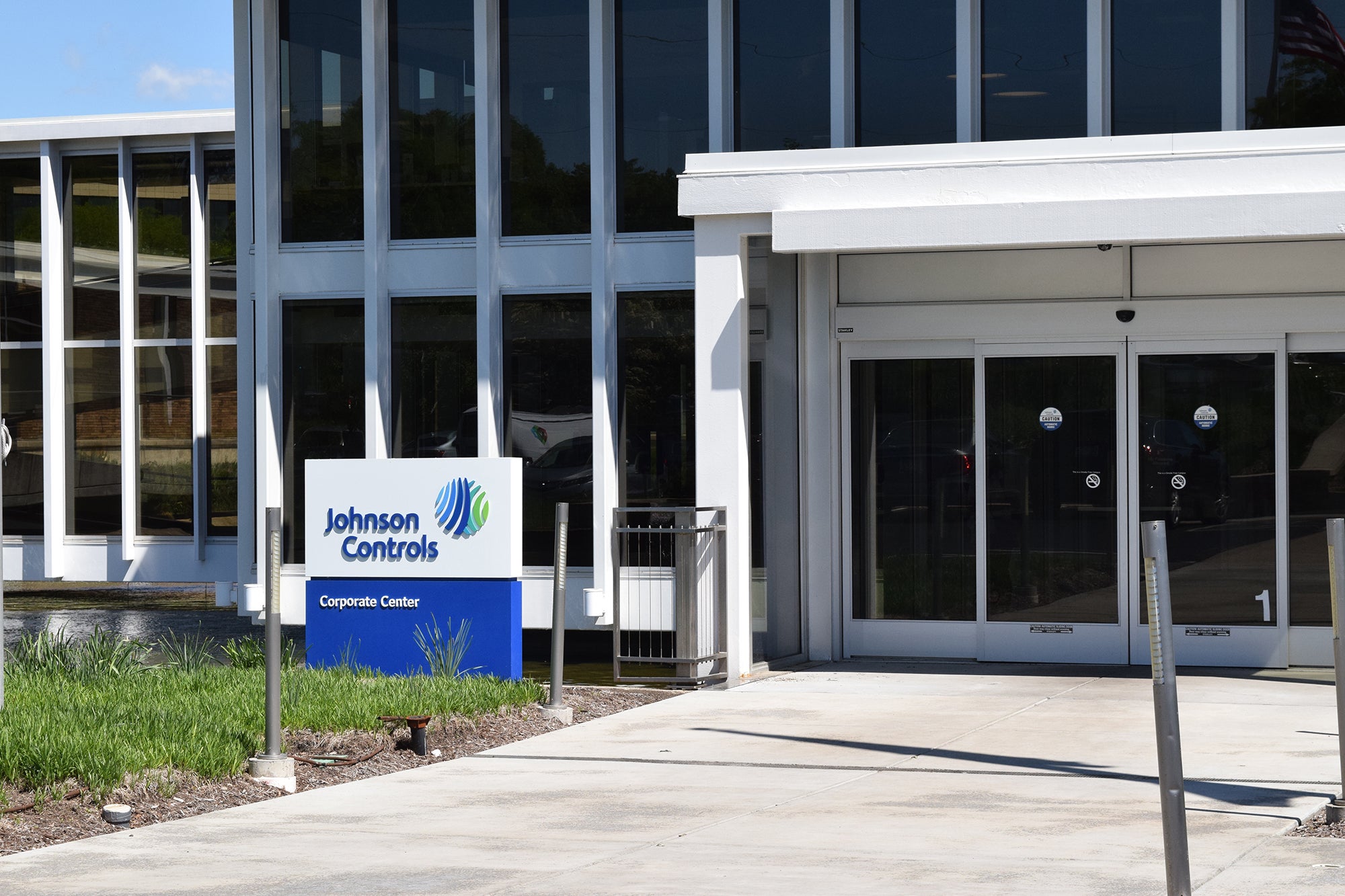Census data shows Wisconsin employs more persons with disabilities than the national average; however, the disabled still face a pay disparity and have a more difficult time finding employment than those without disabilities.
Census data indicates persons with disabilities often make less money. Beth Swedeen, executive director of the Wisconsin Board for Developmental Disabilities (WBDD), says they may not be able to work as many hours as they want, or they may be working at a job that requires less education and experience than the person actually has. Swedeen says there is another reason persons with disabilities earn about 75 percent of what other workers do:
“People with the most significant intellectual and developmental disabilities who are working at sub-minimum wage. So they’re working below the minimum wage and they’re working in facilities that allow them to do that. And that’s a concern we have.”
Stay informed on the latest news
Sign up for WPR’s email newsletter.
Across the country, people with disabilities make up 6 percent of the civilian workforce. In Wisconsin, it is 9 percent.
Swedeen says surveys show the top concerns of persons with disabilities are work and transportation.
“Because a lot of people with disabilities don’t have the ability to drive their own vehicle or don’t have the money to purchase a vehicle. So they very much go hand in hand.”
The WBDD is supportive of a concept called Employment First. The objective is to have jobs held by people with disabilities in typical workplace settings, where they earn at least minimum wage and they are paid directly by the employer.
Wisconsin Public Radio, © Copyright 2024, Board of Regents of the University of Wisconsin System and Wisconsin Educational Communications Board.






